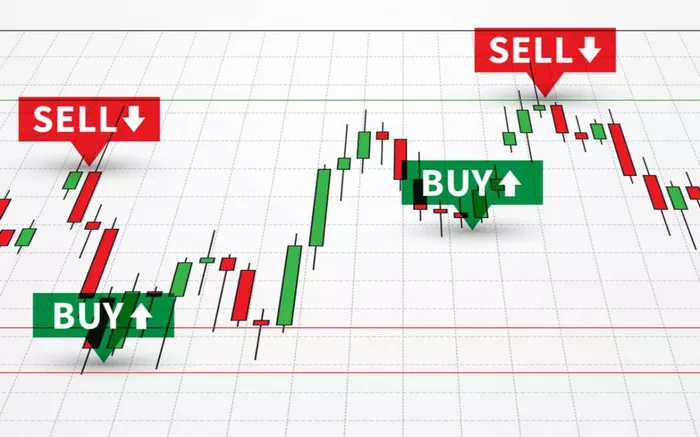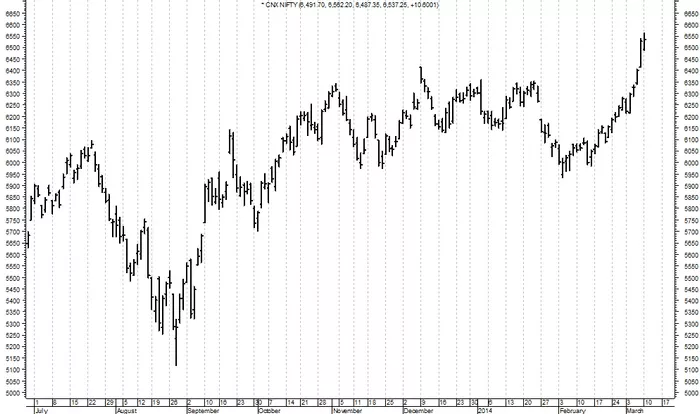Bond mutual funds are a popular investment choice for many investors seeking stability, regular income, and lower risk compared to stocks. These funds pool money from many investors to buy a diversified portfolio of bonds, which can include government bonds, corporate bonds, municipal bonds, and other debt securities. However, while bond mutual funds are generally considered safer investments than stocks, they are not immune to losing value. Understanding why bond mutual funds lose value is crucial for investors to make informed decisions and manage risk effectively.
This article will delve into the reasons why bond mutual funds lose value, the factors that contribute to bond price fluctuations, and how investors can mitigate these risks.
What Are Bond Mutual Funds?
Before we explore why bond mutual funds lose value, it’s important to first understand what they are and how they work.
How Bond Mutual Funds Work
Bond mutual funds invest primarily in bonds and other debt securities. The goal of these funds is to provide income to investors through regular interest payments (also known as “coupon payments”) and potentially capital gains from bond price appreciation. Bond mutual funds may focus on specific types of bonds, such as government bonds, corporate bonds, or municipal bonds, or they may hold a diversified mix of different bond types.
Key Characteristics of Bond Mutual Funds
Diversification: Bond funds typically invest in a wide range of bonds to reduce risk. This diversification helps minimize the impact of individual bond defaults on the overall fund performance.
Income Generation: The main appeal of bond mutual funds is their ability to provide regular income to investors. As long as the bonds in the portfolio are generating interest, investors can expect regular payouts, usually monthly or quarterly.
Liquidity: Unlike individual bonds, which may be difficult to sell before maturity, bond mutual funds offer liquidity. Investors can buy or sell shares of a bond fund at the current net asset value (NAV) at the end of each trading day.
Types of Bonds in Bond Mutual Funds
Government Bonds: Issued by national governments, such as U.S. Treasury bonds, these are considered low-risk investments.
Corporate Bonds: Issued by companies to raise capital, these bonds typically offer higher yields but come with more risk.
Municipal Bonds: Issued by local governments or agencies, municipal bonds are often tax-advantaged but can carry higher risks, depending on the issuing entity.
High-Yield Bonds (Junk Bonds): Bonds rated below investment grade, offering higher returns but with increased risk.
Reasons Bond Mutual Funds Lose Value
Bond mutual funds lose value when the underlying bonds in the portfolio experience a decrease in price. Various factors contribute to these price fluctuations. Some of the primary reasons bond mutual funds lose value include:
1. Interest Rate Changes
One of the most significant factors that can cause bond mutual funds to lose value is changes in interest rates. Bond prices and interest rates have an inverse relationship. When interest rates rise, bond prices typically fall, and when interest rates fall, bond prices generally rise.
Why Do Interest Rates Affect Bond Prices?
Bonds pay a fixed coupon rate, which is the interest paid to bondholders. When interest rates rise, new bonds are issued with higher coupon rates. As a result, the existing bonds with lower coupon rates become less attractive to investors, causing their prices to fall. On the other hand, if interest rates fall, existing bonds with higher coupon rates become more attractive, causing their prices to rise.
For bond mutual funds, the overall value of the fund’s holdings depends on the market prices of the bonds in its portfolio. If interest rates rise, the market value of the bonds in the fund’s portfolio will typically decrease, causing the value of the bond mutual fund to decline.
Duration and Interest Rate Sensitivity
The longer the duration (or maturity) of a bond, the more sensitive it is to interest rate changes. A bond with a longer maturity will experience a larger price change in response to interest rate movements compared to a bond with a shorter maturity. This is why bond mutual funds with long-duration bonds are more vulnerable to losses during periods of rising interest rates.
2. Credit Risk (Default Risk)
Credit risk, or default risk, refers to the possibility that the issuer of a bond will be unable to make interest payments or repay the principal amount when the bond matures. Bond mutual funds that invest in corporate bonds or lower-rated bonds (such as high-yield or junk bonds) are particularly vulnerable to credit risk.
How Does Credit Risk Affect Bond Mutual Funds?
If a company or government entity that issued a bond in the mutual fund’s portfolio defaults on its debt, the value of that bond will drop significantly. In extreme cases, the bond may become worthless. Even if a bond does not default, if investors perceive an increase in the issuer’s credit risk (for example, due to a downgrade in credit rating), the bond’s price may decrease. This reduction in bond prices can cause a decline in the value of the mutual fund.
For example, during times of economic downturn or financial instability, credit risk tends to rise. If a bond fund holds a large portion of bonds from companies or governments with weaker credit ratings, it may see a drop in value.
3. Inflation Risk
Inflation erodes the purchasing power of money over time, and it can also affect the value of bond mutual funds. When inflation rises, the real value of the fixed interest payments made by bonds decreases. Investors may demand higher yields to compensate for inflation, which can drive down the prices of existing bonds.
How Inflation Affects Bond Prices
When inflation expectations increase, bond prices tend to fall. This is because the fixed income provided by bonds becomes less attractive in an inflationary environment. As a result, bond mutual funds may lose value during periods of high inflation or when inflation expectations rise.
4. Liquidity Risk
Liquidity risk refers to the risk that a bond or bond mutual fund will be difficult to sell quickly at a fair price. Although bond mutual funds are generally considered more liquid than individual bonds, they are not entirely immune to liquidity issues, particularly during times of market stress.
Market Conditions and Liquidity
In certain market conditions, such as during a financial crisis or economic downturn, the demand for bonds may decrease, and it may become harder to sell bonds at favorable prices. This can lead to a drop in the value of bond mutual funds. Funds that hold bonds with lower liquidity, such as high-yield or municipal bonds, may be more vulnerable to this risk.
5. Changes in the Economic Environment
Changes in the broader economic environment can also impact the value of bond mutual funds. For instance, economic growth, unemployment rates, and fiscal policies all influence the demand for bonds and the ability of bond issuers to make their debt payments.
How Economic Factors Affect Bond Values
Economic Growth: During periods of strong economic growth, interest rates tend to rise, which can lower bond prices. Conversely, in periods of economic contraction, bond prices may rise as investors seek safer assets.
Government Policies: Policies such as fiscal stimulus or changes in tax laws can also impact bond prices. For instance, if a government increases borrowing to finance its spending, it could raise the supply of government bonds, which might push prices lower.
6. Management Decisions and Fund Strategy
Bond mutual funds are managed by portfolio managers who make decisions about which bonds to buy, hold, or sell. Poor management decisions, such as investing in risky bonds, misjudging interest rate movements, or failing to diversify adequately, can lead to losses for the fund’s investors.
Fund Strategy and Losses
The risk level of a bond mutual fund largely depends on its investment strategy. A fund that focuses on high-risk, high-yield bonds (junk bonds) may experience significant value declines if the underlying issuers face financial difficulty. Conversely, a fund that focuses on government or investment-grade bonds may be less volatile but still exposed to market risks such as interest rate hikes or economic downturns.
7. Taxation and Regulatory Changes
Changes in tax laws or government regulations can also affect the value of bond mutual funds. For example, if a government changes tax policies related to bond income, it may affect the demand for certain types of bonds. This, in turn, could cause bond prices to fluctuate, affecting the value of bond mutual funds.
How Tax Changes Impact Bond Funds
Some bond mutual funds invest in municipal bonds, which are tax-exempt in certain jurisdictions. If tax laws change, reducing the benefits of tax-exempt income, demand for these bonds could decrease, leading to lower bond prices and potential losses for investors.
Conclusion
Bond mutual funds are a popular investment choice for individuals seeking income and stability, but like any investment, they are not without risks. There are several reasons why bond mutual funds can lose value, including interest rate changes, credit risk, inflation risk, liquidity issues, and economic factors.
Understanding the factors that can affect bond prices is crucial for investors looking to mitigate risk and make informed decisions. While bond mutual funds generally offer lower risk compared to stocks, they can still experience significant fluctuations in value due to market conditions, economic factors, and management decisions.
Investors can protect themselves from some of these risks by diversifying their portfolios, choosing bond funds with appropriate durations, and staying informed about the broader economic environment. As with any investment, it’s essential to assess your risk tolerance, time horizon, and investment goals before making decisions regarding bond mutual funds.
Related topics:































